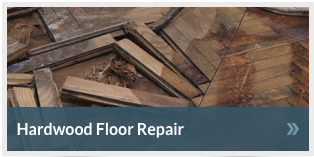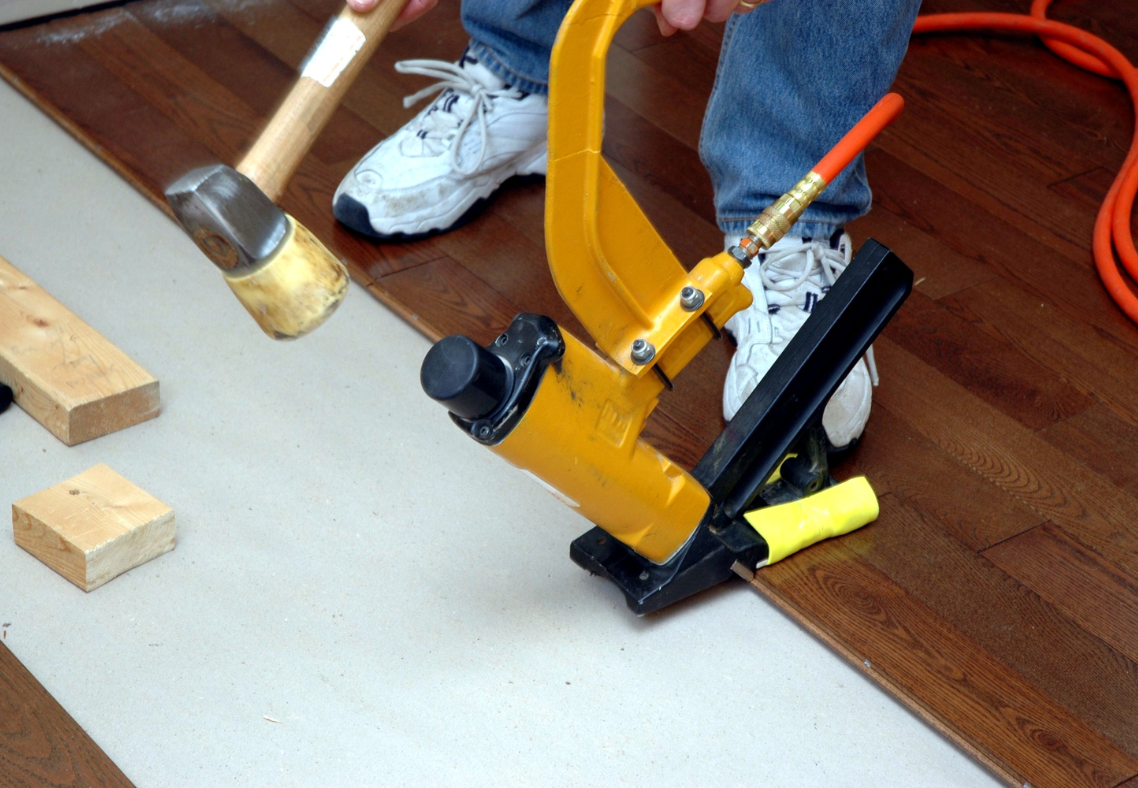Replacing Hardwood Floors In The Winter. Can You Do It?
Replacing hardwood floors is a big project that can significantly enhance the beauty and value of your home. For many Baltimore homeowners, the idea of tackling this type of renovation in the winter may seem daunting, but it’s actually a feasible—and sometimes even ideal—time to replace hardwood floors. If you’re thinking about replacing your floors during the colder months, here’s everything you need to know to make an informed decision. In this article, we’ll address the common concerns about winter floor replacements, highlight the benefits, and provide essential tips for a smooth, successful installation.
Replacing Hardwood Floors In The Winter: Can You Do It?
Can You Replace Hardwood Floors in the Winter?
The short answer is yes! While summer is often considered the best season for home improvement projects, replacing hardwood floors in the winter has its own set of advantages. Thanks to advances in materials, installation methods, and tools, contractors are well-equipped to handle hardwood floor replacements year-round. Winter installations may require a few extra precautions, but when managed properly, they can produce beautiful results that last for years to come.
Why Winter Can Be a Good Time for Replacing Hardwood Floors
Winter can actually be an ideal time to replace hardwood floors for a number of reasons. Here are some of the benefits that Baltimore homeowners should consider:
Contractor Availability and Flexible Scheduling
The spring and summer months are peak seasons for flooring contractors, with schedules often filling up quickly. In winter, however, the demand for flooring installations typically slows down, which means contractors are more likely to have open availability. This can give you the flexibility to schedule your project at a time that’s most convenient for you, without having to wait weeks or even months. Additionally, working with contractors during the off-season may allow you to receive more individualized attention and customer service. With fewer projects competing for their attention, contractors can focus on delivering quality results and ensuring that the installation process is as smooth as possible.
Potential Cost Savings
Since winter is generally a slower season for home renovations, many contractors and flooring suppliers offer promotions, discounts, or even reduced rates for winter installations. This off-peak pricing can help you save on both materials and labor, making it a more affordable option if you’re on a budget. By choosing to replace your hardwood floors in the winter, you could achieve the same high-quality results at a lower cost, stretching your renovation budget further without compromising on quality.
Optimal Humidity Levels for Installation
While Baltimore summers are known for high humidity levels, winter in Maryland typically brings cooler, drier air. This lower humidity can be beneficial when installing hardwood floors. Wood is a natural material that expands and contracts with changes in moisture levels, so excessive humidity during installation can cause the wood to expand, which might lead to issues like buckling once the humidity levels return to normal. In winter, the reduced moisture content in the air makes it easier for contractors to control indoor humidity levels, resulting in a more stable installation environment. This means the wood is less likely to expand or contract excessively, helping your floors maintain their shape and beauty for years to come.
Improving Indoor Comfort and Aesthetics During the Cold Months
Winter is the season when we spend more time indoors, making it the perfect time to upgrade your living space. By replacing your hardwood floors during the winter, you can enjoy the warmth and beauty of new floors throughout the colder months. Hardwood floors also add a cozy and elegant touch to any room, making your home feel more inviting and comfortable for family gatherings, holiday celebrations, and everyday living. Not only will you get to enjoy your upgraded floors right away, but you’ll also be able to make the most of your refreshed home environment throughout the winter season.
Important Considerations for Winter Hardwood Floor Replacements
While there are clear benefits to replacing hardwood floors in the winter, it’s essential to plan carefully and take a few extra steps to ensure a successful installation.
Acclimate the Wood Properly
Wood is sensitive to temperature and humidity changes, so it’s important to let your hardwood planks acclimate to your home’s environment before installation. Acclimation involves leaving the wood in the space where it will be installed for several days. This process allows the wood to adjust to the indoor temperature and humidity levels, reducing the risk of future warping, shrinking, or swelling. In winter, acclimating hardwood may take a little longer due to the dry air, but it’s a crucial step for a successful installation. Your flooring contractor will help you determine the ideal acclimation period based on the type of wood and the indoor conditions.
Maintain a Consistent Indoor Temperature
Baltimore winters can be chilly, so you’ll likely have your heating system running to keep your home comfortable. Maintaining a consistent indoor temperature during and after installation is essential to avoid temperature-related issues with your hardwood floors. Abrupt temperature changes can cause the wood to expand or contract, so aim to keep your thermostat set at a stable level, ideally between 60 and 80 degrees Fahrenheit. Heating systems, particularly forced-air systems, can also dry out the air in your home, which may affect your wood floors. Using a humidifier to keep indoor humidity around 30-50% will help create optimal conditions for your new hardwood floors.
Protect Your Floors from Winter Elements
During winter installations, you’ll need to protect your home and floors from outdoor elements like snow, ice, and salt. These elements can be tracked into your home, potentially causing moisture issues or scratches on your new floors. Ask your contractors to use protective coverings at entryways and to wear shoe covers to prevent snow, salt, or dirt from damaging the hardwood during the installation process. Additionally, consider placing mats at all exterior doors and establishing a no-shoes policy until the installation is complete to help keep your floors safe.
Winter Floor Maintenance Tips After Installation
Once your new hardwood floors are installed, a few simple maintenance practices can help keep them looking their best throughout the winter months:
- Use floor mats and rugs: Place mats at entryways and use area rugs in high-traffic zones to protect your floors from dirt, moisture, and salt.
- Clean regularly: Sweep and dust your floors frequently to prevent abrasive particles from scratching the surface.
- Wipe up spills immediately: Snow and melted ice can seep into hardwood and cause damage, so be sure to clean up any moisture right away.
Contact Flawless Floor Today for Hardwood Floor Replacements in Baltimore, MD
If you’re considering replacing your hardwood floors this winter, Flawless Floors is here to help. As a trusted flooring contractor serving Baltimore, MD, and surrounding areas, we have the experience and expertise to ensure a seamless, high-quality installation regardless of the season. Our team understands the unique challenges and benefits of winter hardwood floor replacements, and we’re dedicated to delivering beautiful, lasting results for every project.
Contact us today to schedule a consultation and learn more about our hardwood floor replacement services. At Flawless Floors, we’re committed to helping you create the home of your dreams with stunning new hardwood floors. Don’t wait—call us now and let us bring warmth and elegance to your home this winter!

Sanding & Refinishing

Installation

